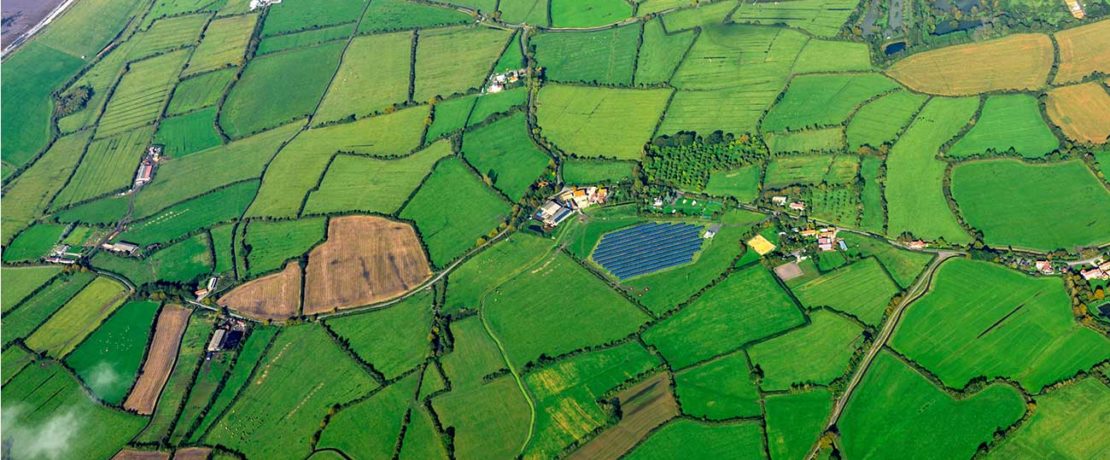What to know about a hedgerow: an insider’s guide to hedgerows
At CPRE we care about hedgerows, and you’ll hear us talk about them a lot. But what actually is a hedgerow – and why are we so keen on them?
We’re passionate about these humble heroes of the countryside. Often overlooked, they’re secret climate, nature and landscape warriors. So here’s the down low on the hedgerow…
First things first: what actually is a hedgerow?
It might sound straightforward, but let’s nail down just what we mean when we talk about these countryside superstars. A hedgerow is defined as ‘any boundary line of trees or shrubs over 20m long and less than 5m wide, and where any gaps between the trees or shrub species are less that 20m wide’.
Catchy, eh. But in short, it’s a closely-grown mass of woody vegetation that grows in a line – and it’s this being in one long line that makes it different from simply a bush or tree.
Hedgerows are basically trees that have been formed to grow in a line, and across as well as upwards, to form boundaries and incredible habitats.
There are a few big-hitting trees and shrubs that lend themselves to being managed into hedgerows. You can read all about them in our guide to hedgerows through the seasons, but some of the sluggers of the hedgerow world include hawthorn, blackthorn and everyone’s autumn favourite the bramble bush (with those berries that humans and animals love to eat!).

What’s the history of hedgerows?
We’re all used to the sight of hedgerows criss-crossing the English landscape. But how did they come about?
There’s a popular belief that most hedgerows are recent additions to the countryside following the Enclosure Acts between 1750 and 1850, where wide, open spaces were broken up into individually-owned plots. But at least half of our hedges are older than this – and many are hundreds of years old.
Two-thirds of England’s landscapes have continuously had hedgerows for a thousand years or more, as our hedgerow report explains. Some hedgerow systems date back to prehistoric times, and most were well established by the Anglo-Saxon period (from AD 410).
Only in the Midlands and part of the north east were many of these early hedgerows removed in the Middle Ages to create open field systems, and new hedgerows subsequently planted under the Enclosure Acts.
In Devon, for example, it’s thought that over a quarter of hedges are more than 800 years old – older than many parish churches – and some are underlaid by banks built in the Bronze Age, 4,000 years ago. The oldest known surviving hedgerow in England is Judith’s Hedge in Cambridgeshire, which is over 900 years old.
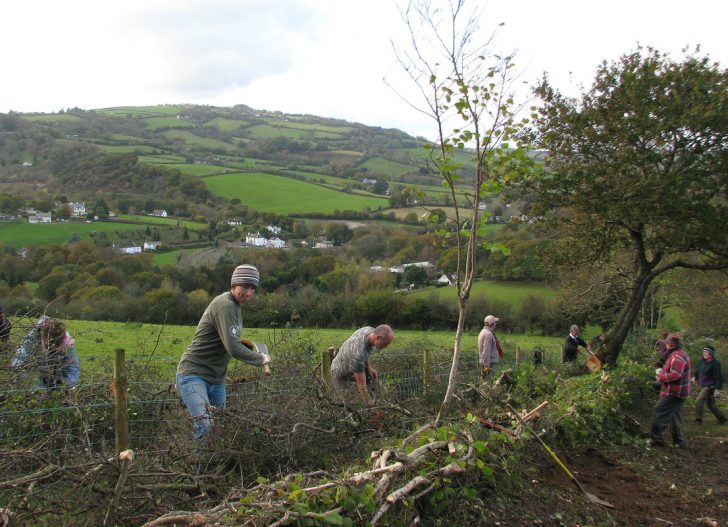
So a great many of our hedgerows are ancient and historically interesting, especially where they mark parish boundaries and ancient monuments. Often beautiful older hedgerow trees, their lives prolonged by careful management over the years, reveal the great age of hedgerows and their importance to our ancestors.
If you want to learn more about how hedges are formed and cared for, from pleaching to pollarding, we have some great insights from some of the country’s remaining hedgelayers – an essential skill that keeps hedgerows healthy and blooming instead of losing shape and vitality. Check out the inspiring stories of Clive Leeke, Claire Maymon and Eleanor Absalom, a former CPRE colleague!
So hedgerows are old. But why is CPRE so passionate about them?
Hedgerows are important because they bring so many benefits – and they’re under threat. We at CPRE think they’re especially vital for three main reasons: the climate crisis, nature and our landscapes. Stick with us; we’ll explain what we mean.
Hedgerows and climate change
The Climate Change Committee has recommended that the extent of hedgerows be increased by 40% as part of measures against the climate emergency. So what makes hedgerows climate superheroes?
Like trees, hedgerows lock up vast amounts of carbon dioxide and store it in their roots and leaves and in the soil. We’re not talking small amounts of carbon here, either. Hedgerows in Great Britain store up to 13 million tonnes of carbon. As a guide, that offsets a quarter of all the yearly emissions from UK farming.
We all hear a lot about planting trees to help store carbon – and it’s true, trees are great at this. But hedgerows do this and then pack in even MORE climate benefits; they’re easier to slot into the landscape than whole woods (especially into farmland, which is 60% of all UK land), and once in place, they help manage the flow of water, cutting flooding, and protect crops and animals from extreme weather – something that we’re increasingly at risk of.
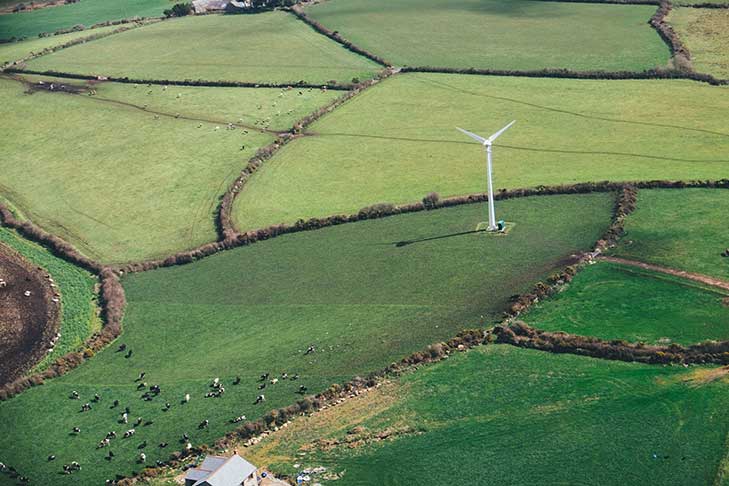
Oh and better still? In urban areas, they help capture air pollution and lower temperatures. We told you they were climate superheroes!
Hedgerows and nature
When you add it all up, our hedgerow network is our largest nature reserve. In huge areas of the country, hedgerows are, quite simply, essential for keeping many plants and animals alive.
Over 600 plants, 1,500 insects, 65 birds and 20 mammal species use UK hedgerows – for food, shelter and to move between areas. 130 of the species that have been identified as being a priority for conservation (meaning they are vulnerable, very localised or rare) are closely associated with hedgerows.
Losing hedgerows, or their quality and care declining, would be likely to have a disastrous effect on these species’ populations.
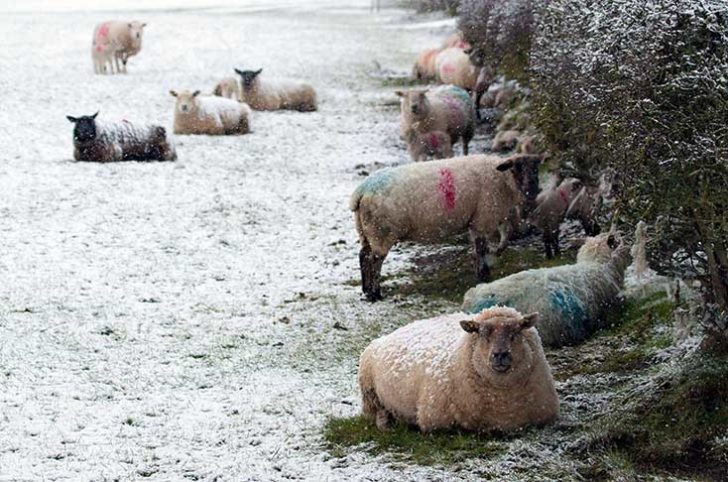
And hedgerows help nature in tons of ways. We can all imagine how useful they are as corridors for wildlife to travel through to eat or breed; they act as green arteries across the countryside, connecting habitats up and helping species to thrive and increasing biodiversity. But they also give flight lines for bats, as they forage across a landscape, and keep newborn lambs alive by offering shelter from sun, wind and snow.
As we’ve changed the land to be used for more and more intensive farming, they’re more important than ever, often acting as the last safe place many declining species can live.
We think of them as nature’s key workers – and we rely on them just as much.
Hedgerows and the landscape
Hedgerows are the most widespread semi-natural habitat in England. This means they’re a key part of our landscapes, and we want to keep them that way.
They’re at home in our views, the familiar stitching in the patchwork of the countryside. They give us so many of those familiar signs of changing seasons – the blossom of spring, the berries of autumn and the fallen leaves of winter.
And they don’t just look good. They connect us to our landscape’s past, giving a sense of continuity and connection to our heritage. They keep our local areas looking distinctive and give us a sense of place.
We believe they’re special – and we want them to thrive. But how? Read on…

Ok, hedgerows are great! So why don’t we have more of them?
We love them too! And we want to keep them protected and flourishing, kept safe from threats.
Many countryside hedgerows are protected by law, but this isn’t working brilliantly. The Hedgerows Regulations (1997) were the first official rules protecting ‘important’ hedgerows. This means that landowners have to tell local authorities if they want to remove one that’s over 20 metres long or that joins another hedgerow.
That word ‘important’ is key here. There are some national rules that say what makes a hedgerow important, but they’re quite limited and can be complicated. Local authorities have said they’d like clearer rules which would be easier to apply.
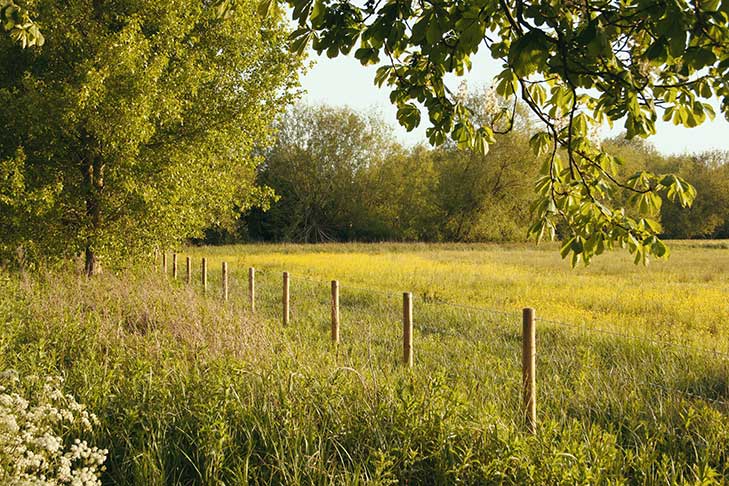
And because local authorities can only say no to a hedgerow being removed if it falls into this ‘important’ category, we’re still losing too many of them. Roads and development, especially on the edges of towns and villages, has meant that hedges are lost; even protections for ‘important’ hedgerows can be overruled by permission for new developments.
Meanwhile, many farmers look after their hedgerows well, but moves towards more intensive farming mean they can be removed. Others are threatened by being unmanaged and so developing gaps, or overgrowing and turning into trees.
We’ve already lost too many hedgerows. Between 1870 and 1945, there was very little change in the extent of hedges. Aerial photographs from 1940 show an almost complete network across much of the country.
But between 1950 and 1975, the loss of hedgerows as they were removed to widen fields for food and buildings after the war became, for many people, the most visible aspect of damage to the English countryside. Since then, even more have been pulled up or turned into rows of trees. One survey showed that between 1998 and 2007, the total length of managed hedgerows decreased by 6.1% (26,000km).
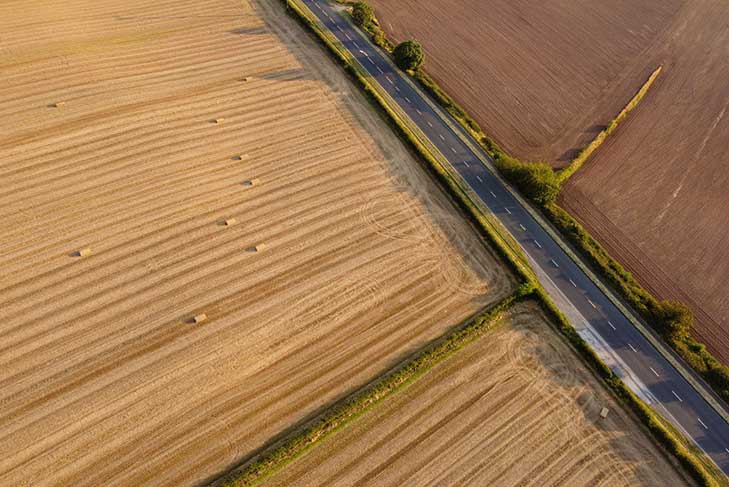
We can’t afford to keep losing hedgerows. So at CPRE, we’re pushing for changes.
How is CPRE keeping hedgerows alive and thriving?
Hedgerows are an area that we at CPRE have campaigned on for ages, so we have lots of experience working to protect and promote them.
We’re calling on the government to make changes that will mean many, many more hedgerows are restored or planted. We want to see them commit to working with the landowners who own them to create thousands of miles of new or improved hedgerows – as well as better protecting the ones we have already.
We’re also actively planting and restoring hedgerows across the country, as part of our Hedgerow Heroes project. Thanks to corporate funding, CPRE volunteers in 2021 planted almost 15km new hedge and restored almost 5km. Read about Ellie’s and Tina’s experiences as Hedgerow Heroes volunteers. Now 12 local groups have won funding to plant new hedges.
We want this hedgerow work to start now. The government has made promises to move towards net zero carbon emissions for the country, and for the UK, investment in hedgerows offers a low-risk, manageable and cost-effective way to tackle climate change, boost biodiversity and enhance our landscapes.
Want to support this goal? Every CPRE member’s contributions – from as little as £3 per month – help us to keep pushing the government to do better. Be a part of our hedgerow crew now!
